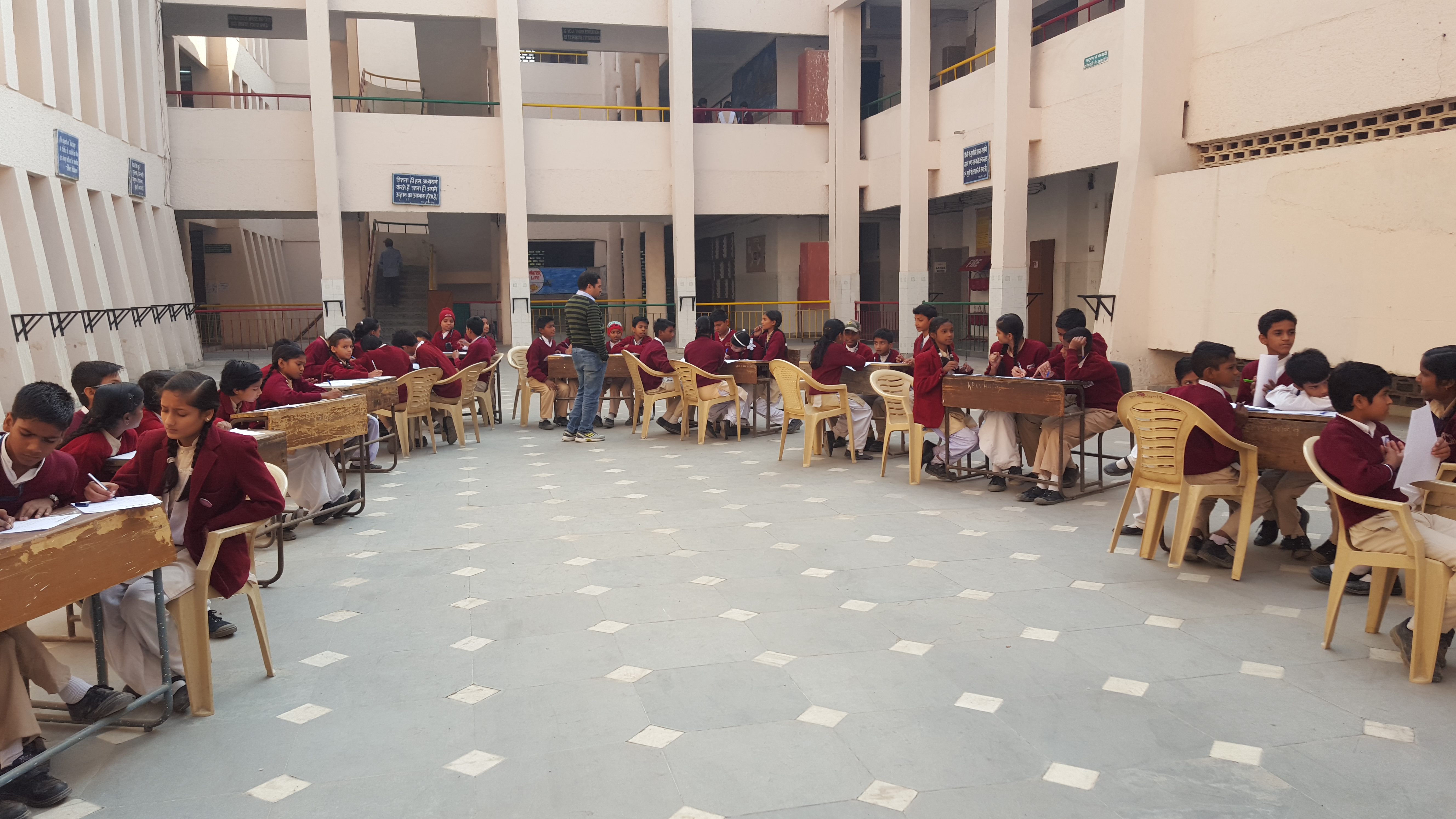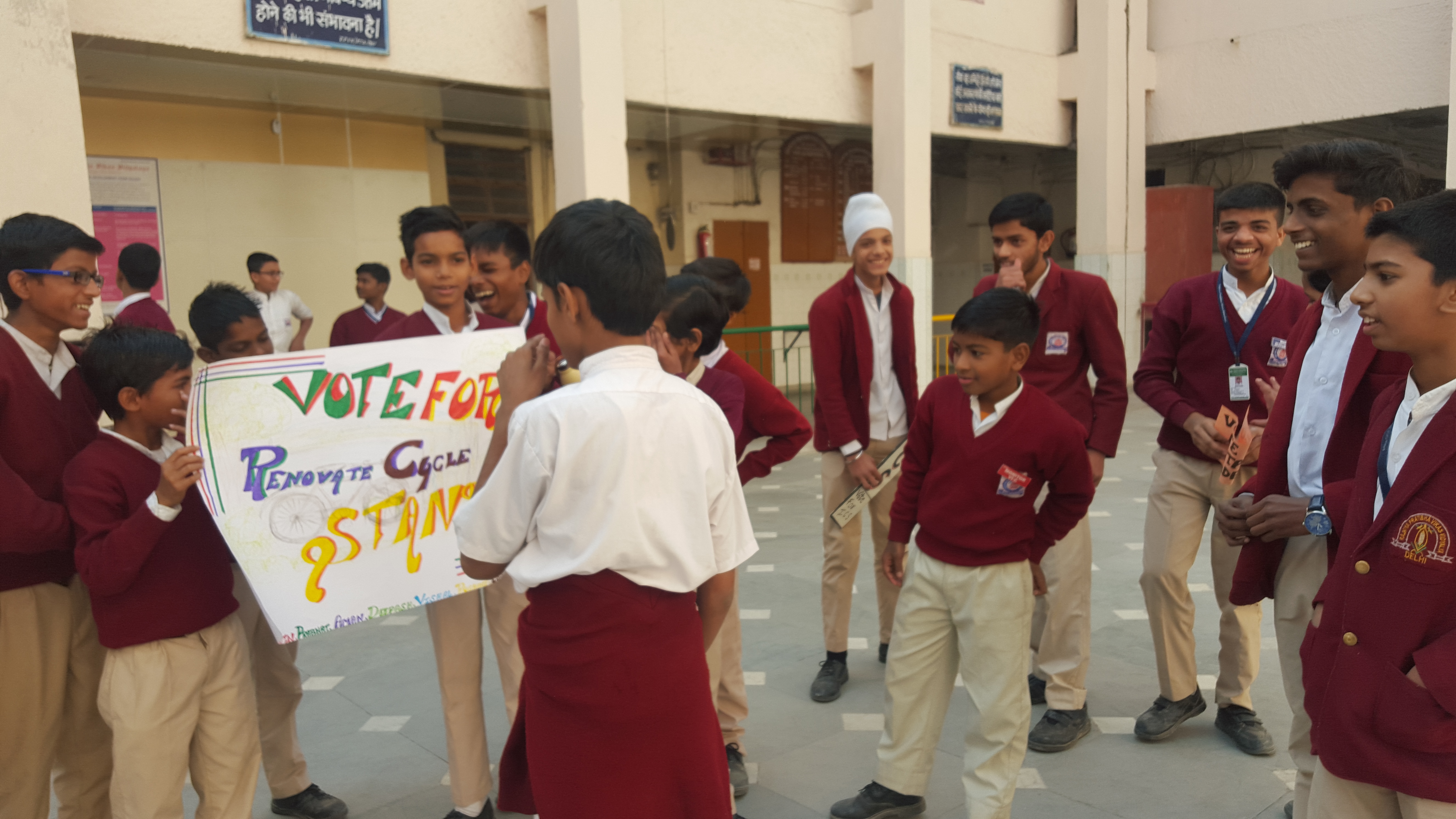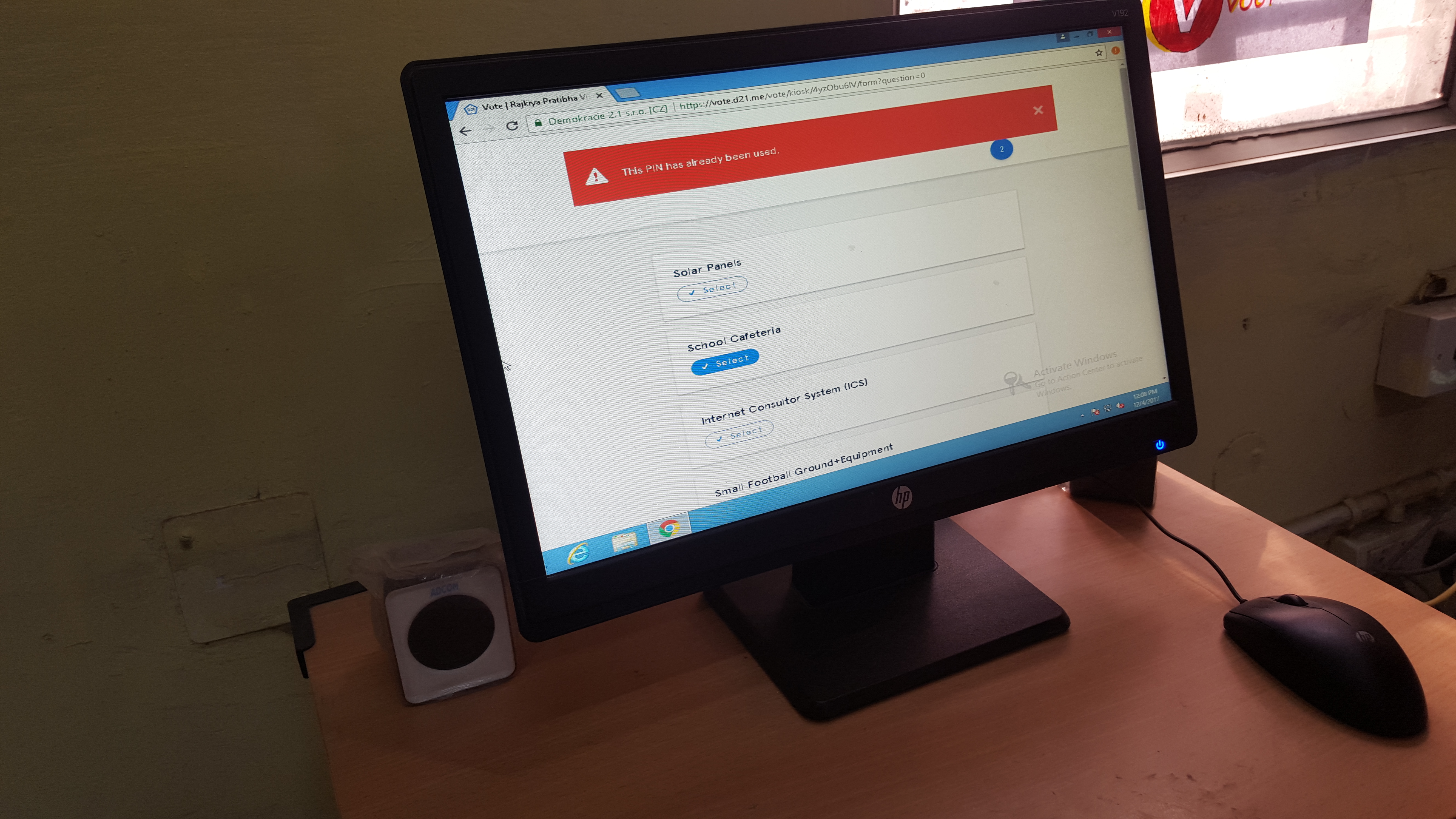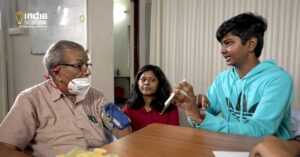Can Students Run Their School Democratically? This Initiative Shows Us How!
“The intent behind allowing each student two votes is to increase the expression of choice for the person who is voting. In the case of one-person one vote, you run out of choices."

In a one-of-its-kind exercise, students of grades 6 to 11 (barring grade 10) of The Rajkiya Pratibha Vikas Vidyalaya, a government school in West Delhi’s Hari Nagar, participated in a democratic process to decide how a sum of Rs 2 lakh would be disbursed for the betterment of their school.
And this was thanks to an organisation called ‘Institute for Democracy 21’, headquartered in the Czech-Republic.
The idea behind this exercise was to help students understand the process of budgeting and give them a platform to become stakeholders in the decisions that benefit them as students in the school.
We, at The Better India, spoke to Gurkaran Singh Bakshi, Project Manager, to understand how this process was carried out and what its outcome was.
How was the process carried out?
Each student and teacher from the classes participating in this process were asked to come up with a plan to utilise the amount set aside.
Class level discussions were held, in which each idea’s pros and cons were deliberated.

Each student then chose their idea and submitted it before the voting process began. Each class then held a voting process and six top ideas from each class were chosen to be taken forward to the next round of voting.
It is imperative to mention here that the teachers in each class were asked to come up with potential ideas more as a back-up in case the students were unable to come up with clear ideas. Even the voting was open to only the students.
Until this stage, all discussions and deliberations were contained in specific classrooms. But after this round, it was opened up to everyone participating in this process.
All the ideas that were chosen along with their representatives were encouraged to present their ideas in the school’s open area.

From these discussions between students and teachers, the school principal and the management committee members reviewed a total of 11 ideas to understand the viability and implementation process of the ideas. This then led to 8 of the 11 ideas being taken forward.
Another interesting point here is that each student was allowed two votes. Explaining this, Gurkaran says,
“The intent behind allowing each student two votes is to increase the expression of choice for the person who is voting. In the case of one-person one vote, you run out of choices.
When there are more options to vote, the consensus which is reached is accepted by the majority, as compared to the one person one vote, where the winner is sometimes not the most accepted one.”
Those students whose ideas were chosen were then encouraged to campaign their ideas before their schoolmates through speeches, charts, presentations etc.
This encouraged the students to speak to everyone freely without any inhibitions.

All this culminated in the final voting day. On this day, all 453 students voted to choose the final idea that would be implemented. The voting was done online via computers. The students came in groups but voted individually. As soon as the students finished voting the results was generated there and then, and after the school principal and management committee reviewed them, the results were declared.
The idea that won the maximum votes (208) was for a futsal, a variant of football which is played between two teams of five players each, one of whom is the goalkeeper.

The second idea with a total of 200 votes was the construction of a botanical garden within the school premise.
Gurkaran says, “The ideas that came from the students were not just novel but very utilitarian. It was wonderful to see so much involvement from all the students. They not only took ownership but also worked hard to present their ideas. That was what we were looking forward to – a truly participatory process.”
Speaking of some of the innovative ideas he says, “One of the students came up with the idea of a student lounge, where students of all grades could sit and chat and exchange ideas about various issues. What was amazing was to see each student take ownership and add to not just their ideas but also to the other ideas being presented.”
While this was done in one government school in Delhi, the idea is to encourage as many schools as possible to conduct such participatory process to instill in students the need to participate.
It certainly might make students feel more involved about their school.
Like this story? Or have something to share?
Write to us: [email protected]
Connect with us on Facebook and Twitter.
NEW: Click here to get positive news on WhatsApp!
This story made me
- 97
- 121
- 89
- 167
Tell Us More
We bring stories straight from the heart of India, to inspire millions and create a wave of impact. Our positive movement is growing bigger everyday, and we would love for you to join it.
Please contribute whatever you can, every little penny helps our team in bringing you more stories that support dreams and spread hope.



















